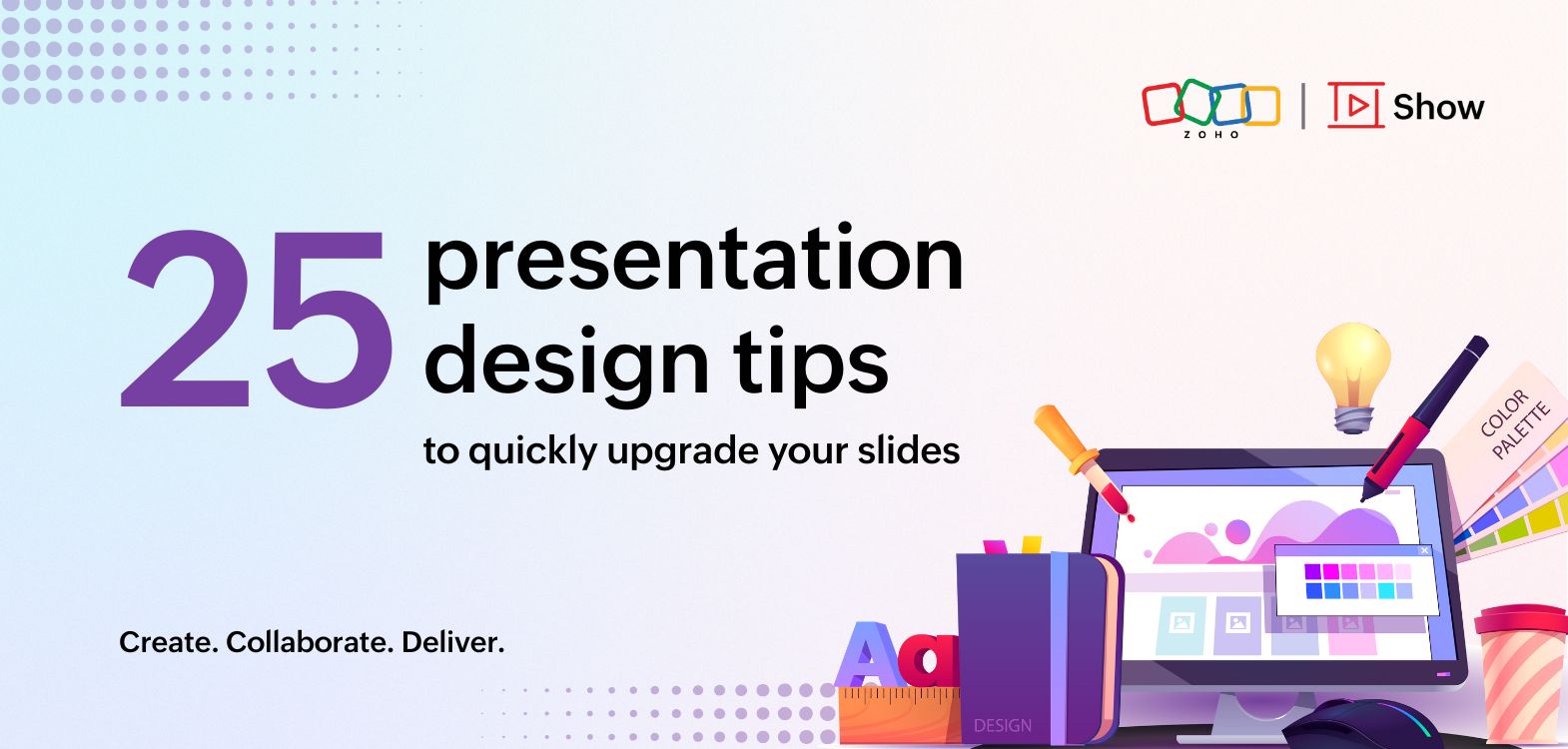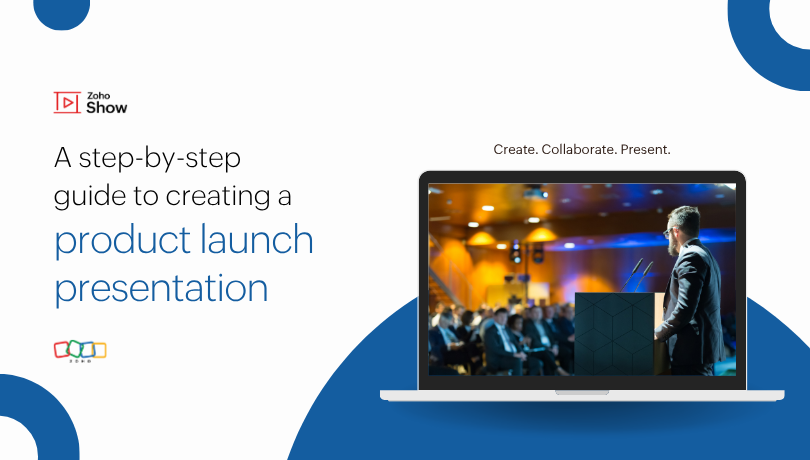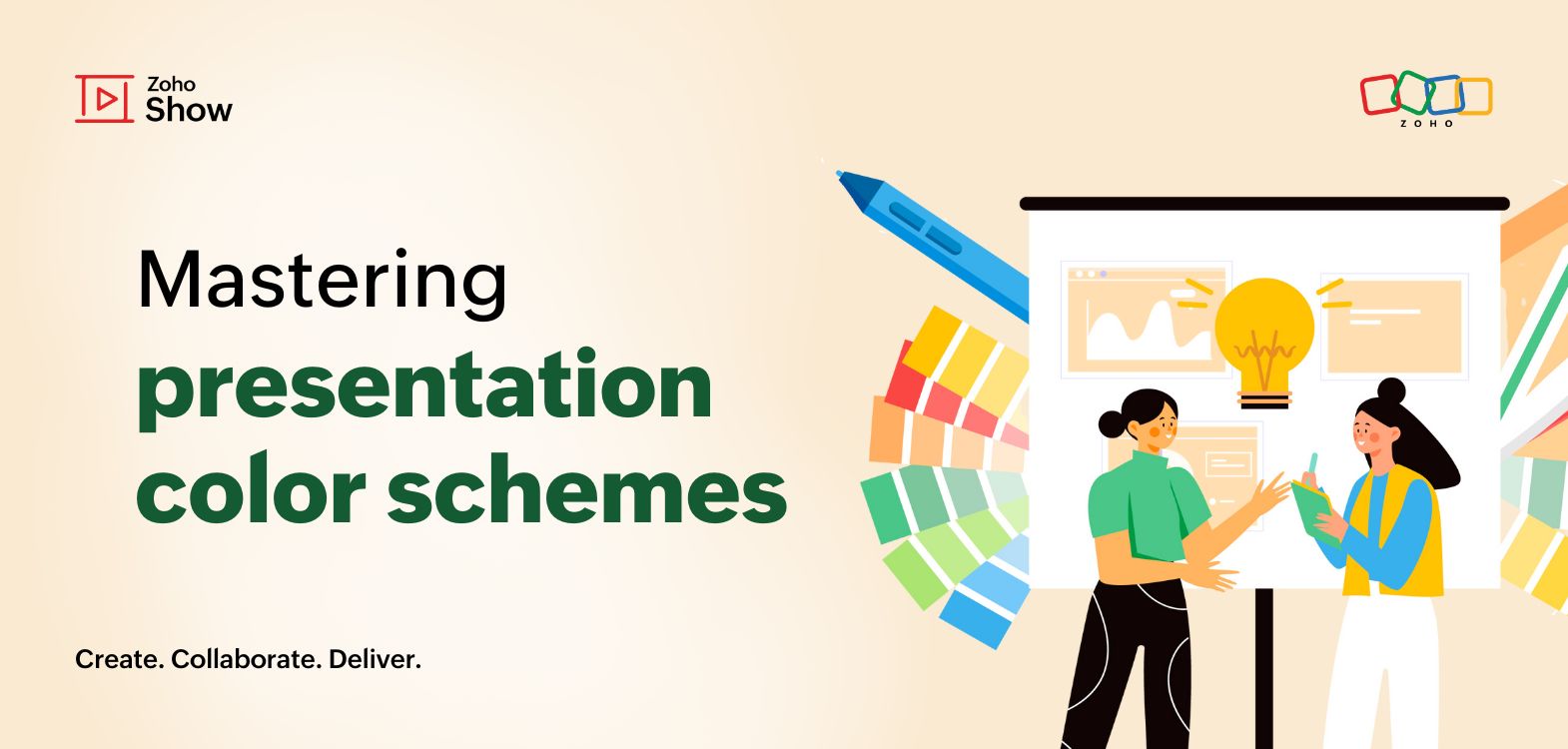- HOME
- Design & deliver
- Delivering an effective hybrid presentation
Delivering an effective hybrid presentation
- Last Updated : August 17, 2022
- 552 Views
- 6 Min Read

The events of the last few years have drastically altered the way we work. They've also had an effect on presentations, and the way we communicate our ideas to an audience. Virtual presentations have now been adopted on a broader level by many organizations.
Similar to how the work culture is transitioning to a hybrid model, presentations are also going hybrid to cater to distributed teams. Hybrid presentations are when part of your audience is physically present and the rest are viewing your presentation remotely through a video conferencing tool. This new way of presenting has significantly altered how we present our slides to audiences.
Hybrid presentations are here to stay
According to research by Google Workspace, more than 75% of survey respondents believe hybrid or a flexible work culture is the future of work. More than 70% of those surveyed had never worked remotely before the start of the pandemic. This emphasizes the fact that hybrid presentations, though they may have been rare in the past, will likely become standard practice for many businesses.
This is a change worth embracing. Hybrid presentations have opened up a whole new set of opportunities for us to reach a wider audience. But they do come with their own set of challenges. Some measures have to be taken to ensure hybrid presentations are inclusive for a wider audience, regardless of where they are connecting from.
It may also be challenging to strike the right balance, and ensure both the online and in-person audiences feel heard and engaged during your presentation. Here are some tips you can keep in mind to ensure that your hybrid presentations are a success for your entire audience.
Ensure cameras are switched on
During a hybrid presentation, it is all the more important for participants to turn on their video. This gives presenters the option to engage with every member of the audience equally—not just those present in the room.
Remote participants can be shown on a large screen for everyone to view. During the pandemic, some sporting events and other shows that were accustomed to a live audience adopted this approach with success.
Use the power of eye contact
It has always been crucial to maintain eye contact throughout business meetings and presentations. When it comes to an audience that is connected remotely, this can be difficult to execute. The camera acts as the remote audience's eyes. You will occasionally have to look straight into the camera while speaking. This way, the audience will feel as though you are speaking directly to them, and will be more engaged in the presentation.
Engage remote participants
Viewing a presentation remotely can often be a passive experience. It is only natural for a presenter to concentrate more on the audience members who are physically present. It is important to ensure the remote audience is engaged just as much as the in-person audience. Virtual participants can be greeted and acknowledged individually during the presentation. You may also set aside a dedicated time slot to interact with your remote audience.
Encourage hybrid collaboration
During a presentation, it may be necessary to divide the audience into groups for an activity. In such a situation, it could be tempting to divide the attendees in the room into a separate group from the remote audience. Instead, make an effort to mix up the participants and encourage both in-person and remote participants to work on the activity together. This can help increase the sense of involvement for the audience that is connected remotely.
Receive feedback after your hybrid presentation
Everyone is gradually adjusting to the concept of hybrid presentations as a permanent practice. While the necessary presentation technology is continuously changing to adapt to this new model, it is good to get feedback from both remote and in-person participants. Ask them about the aspects of the hybrid presentation experience that they enjoyed and what they thought could be improved. You can use constructive criticism to make your future presentations more engaging for your audience.
The hybrid transformation is here to stay. One major advantage of this is the ability for participants to attend presentations regardless of their location. Implementing some of these ideas can help you create presentations that are enjoyable and valuable for both remote and in-person audiences.


